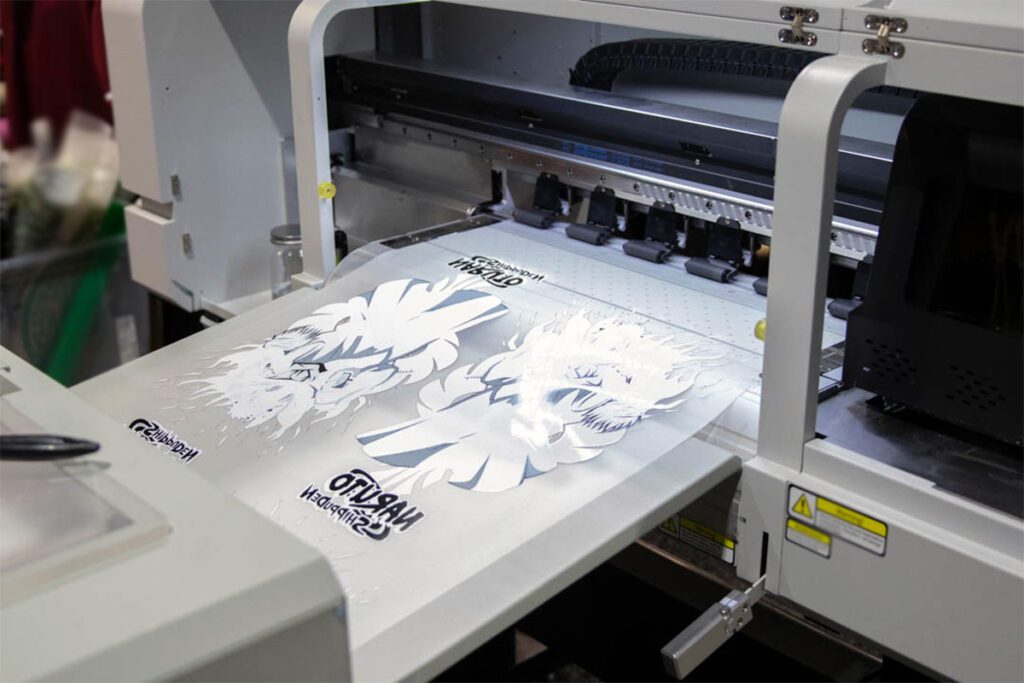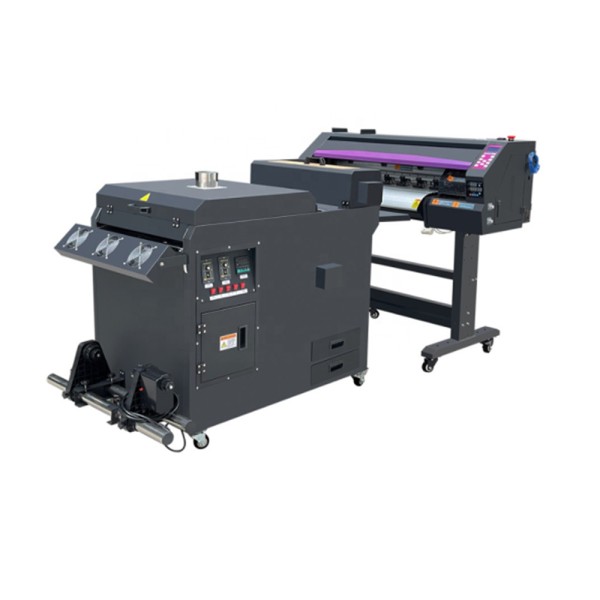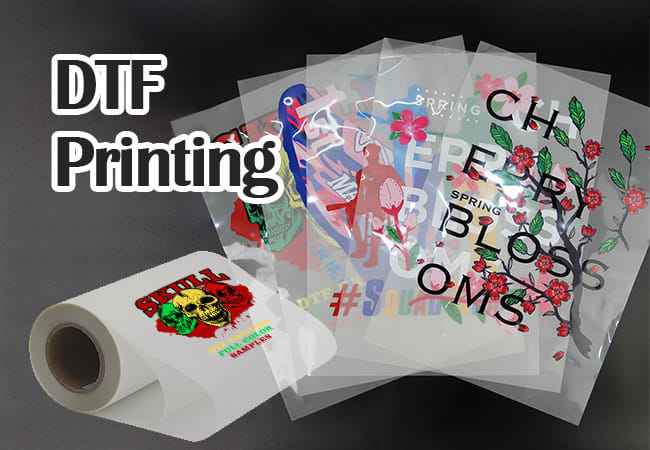The Ultimate DTF Printing Overview: Techniques, Products, and Applications
The Ultimate DTF Printing Overview: Techniques, Products, and Applications
Blog Article
Grasping DTF Printing: Tips and Tricks for Achieving Vibrant and Durable Prints
In the globe of textile printing, attaining long lasting and vibrant prints is a coveted ability that can boost the high quality of your result. Mastering DTF (Straight to Film) printing calls for a mix of technological expertise, accuracy, and attention to information. From picking the appropriate products to tweak print setups and refining post-printing ending up methods, there are numerous aspects that can affect the end result of your prints. Understanding just how to navigate these complexities can make all the difference between a mediocre outcome and a genuinely phenomenal one.

DTF Printing Essentials
For those new to the world of fabric printing, recognizing the principles of DTF printing is essential to understanding this ingenious method. Straight to Movie (DTF) printing is a contemporary method that entails moving layouts from an unique film onto different textiles utilizing a warmth press. Unlike typical approaches like screen printing, DTF offers benefits such as vibrant colors, detailed detailing, and the capacity to publish on diverse products like cotton, polyester, and blends.
The process starts by publishing the style on an unique DTF film using a suitable printer with CMYK or CMYKW ink sets. When the style is printed, it is after that treated with a heat press to produce a long-lasting and durable print. DTF printing is known for its capability to duplicate complex designs with high precision and shade precision, making it a popular selection for services aiming to create custom clothing, advertising items, and extra.
Picking the Right Materials

Similarly vital is the choice of the adhesive powder. The sticky powder serves as a bonding agent in between the printed design and the fabric, so it needs to have strong bond homes to ensure a sturdy and durable transfer. Different fabrics might require different kinds of sticky powders, so it is essential to match the powder to the material kind for ideal results - DTF Printing. By carefully selecting the ideal products for DTF printing, printers can improve the quality, vibrancy, and durability of their prints.
Optimizing Print Settings
When intending to accomplish the ideal outcomes in DTF printing, thorough attention to maximizing print settings is important for guaranteeing high-grade and accurate transfers onto fabrics. One essential aspect to take into consideration when maximizing print settings is the resolution.
Another crucial setup to enhance is the print rate. Discovering the best equilibrium between rate and top quality is important. While raising the rate can improve performance, it may compromise the last print's quality and shade saturation. Exploring with various rates and observing the outcomes can help establish the ideal setup for each and every print job - DTF Printing.
In addition, tweak color accounts and making certain correct color management are necessary for Extra resources attaining accurate and constant colors throughout different prints. By calibrating shade setups and profiles, printers can lessen color discrepancies and produce consistent results, enhancing the overall print top quality and consumer fulfillment.
Preparing Art Work for DTF Printing
Transform the art work to CMYK color setting to make sure that the colors equate accurately from display to print. Keep in mind to mirror the final design before publishing to guarantee that it transfers correctly onto the garment. By following these steps and paying close interest to the details, you can prepare art work that is enhanced for long lasting and dynamic DTF prints.
Post-Printing Finishing Methods
Applying effective post-printing ending up methods is crucial to boosting the durability and visual appeal of DTF prints on textiles. When the printing procedure is full, applying warmth to the printed Discover More Here design is crucial.
When the movie is gotten rid of, the print might require added curing time to even more establish the ink into the fabric. This step assists boost the washability and longevity of the print, guaranteeing it can stand up to several clean cycles without fading or breaking.
In addition, cutting any kind of excess movie around the design can offer the final print a specialist and clean look. Putting in the time to appropriately end up DTF prints post-printing can considerably influence the general high quality and durability of the fabric style.

Conclusion
In final thought, grasping DTF printing requires a detailed understanding of the fundamentals, selecting suitable materials, enhancing print settings, preparing art work effectively, and utilizing post-printing finishing techniques. By complying with these suggestions and methods, one can achieve long lasting and dynamic prints that fulfill their desired quality requirements. Regular technique and interest to information are essential in achieving effective end results in DTF printing.
From picking the best products to tweak print setups and perfecting post-printing ending up methods, there are numerous aspects that can influence the result of your prints. Unlike traditional methods like screen printing, DTF offers advantages such as vibrant colors, detailed detailing, and the capability to publish on diverse materials like cotton, polyester, and blends.
Once additional resources the style is printed, it is then healed with a warmth press to produce a lasting and resilient print.When intending to accomplish the finest outcomes in DTF printing, thorough interest to enhancing print settings is important for guaranteeing premium and accurate transfers onto fabrics.In verdict, grasping DTF printing requires a thorough understanding of the essentials, choosing suitable materials, maximizing print settings, preparing art work efficiently, and using post-printing finishing techniques.
Report this page